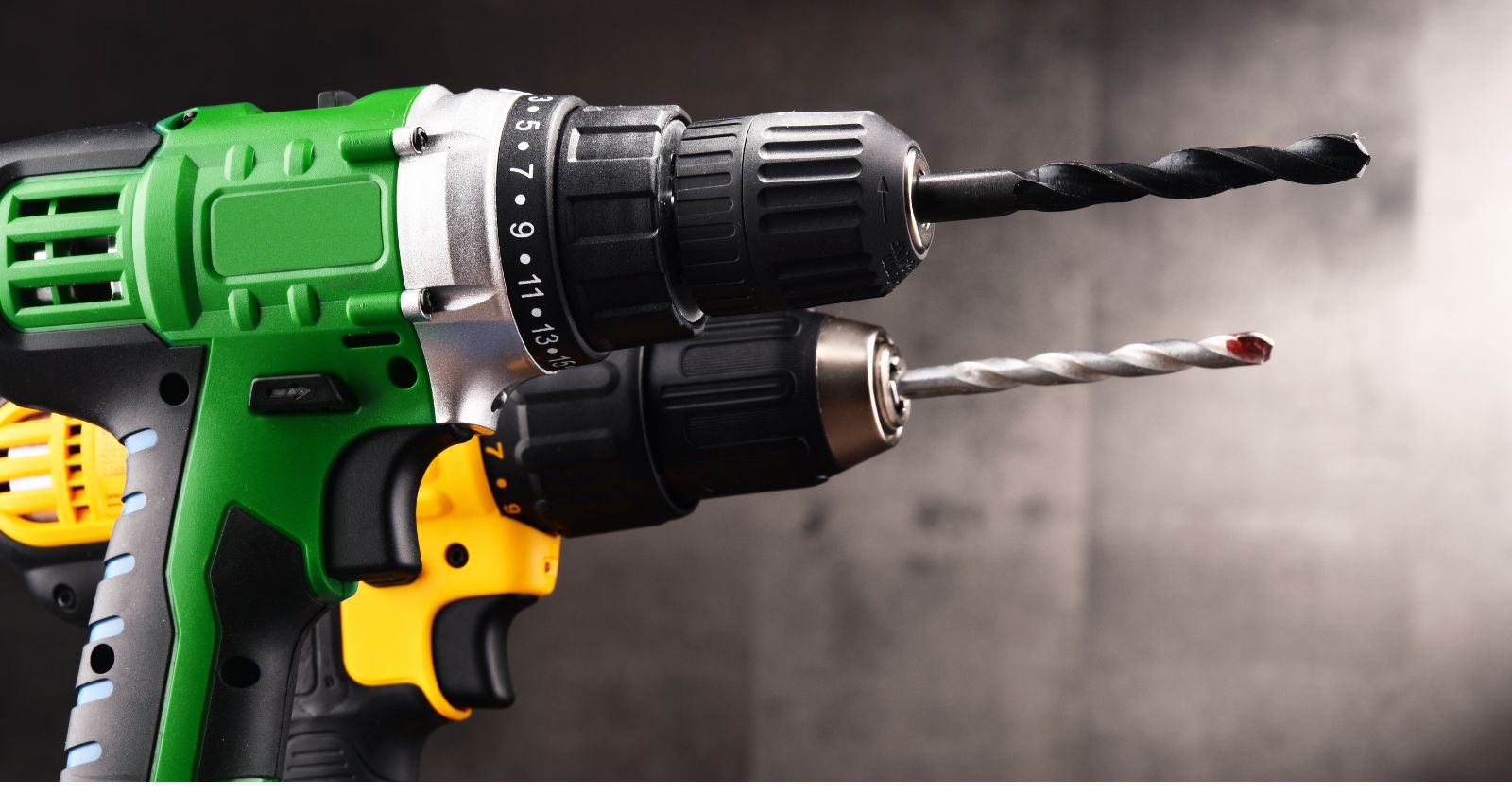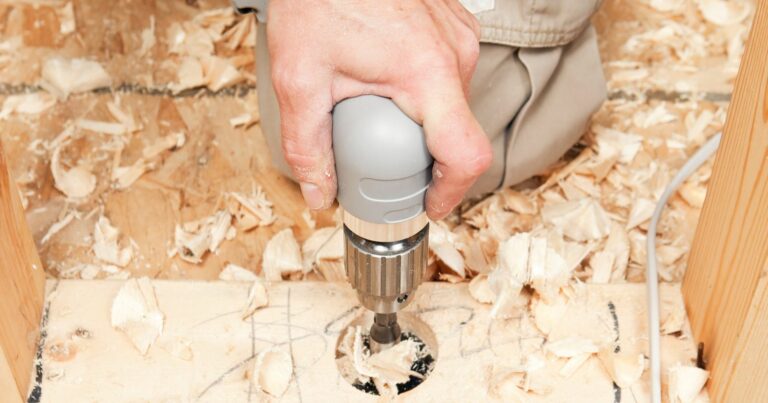Corded Vs. Cordless Right Angle Drills
Welcome to ImpactDriverDrill.com, the ideal place for tool enthusiasts and professionals! I’m a contractor with a passion for tools and I fully comprehend how vital it is to select the perfect tool for your task. In this guide, we will delve into the Corded Vs. Cordless Right Angle Drills? discussion. Regardless of whether you are a proficient tradesperson or an eager DIY fan, discerning the distinctions between these two drill categories is crucial to guide your choice. So, let’s get started!
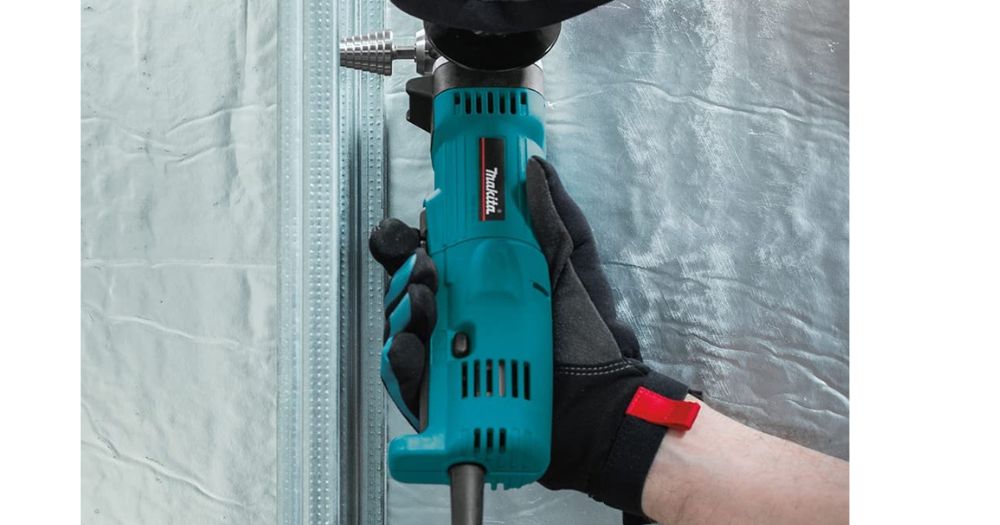
What are Corded Right Angle Drills?
When it comes to corded right angle drills, reliability and consistent power supply are their key strengths. These drills are powered by electricity and don’t require battery recharging. With a constant flow of power, corded drills are ideal for heavy-duty tasks that demand consistent performance throughout.
What are Cordless Right Angle Drills?
On the other hand, cordless right angle drills offer unmatched portability and maneuverability. These drills rely on rechargeable batteries, freeing you from the constraints of cords. If you find yourself working in tight spaces or remote locations, a cordless drill provides the convenience and flexibility you need.
Power and Performance
When comparing power and performance, both corded and cordless right angle drills have their advantages.
Corded Drills: Unleashing the Power
Corded drills pack a punch in terms of power output. With a direct connection to an electrical source, they deliver consistent performance throughout use. Whether you’re drilling through tough materials or driving screws into hardwood, a corded drill is your reliable companion for heavy-duty tasks and continuous use.
Cordless Drills: Power on the Go
While cordless drills may have varying power levels based on battery charge, they offer adequate power for most tasks. Modern advancements in battery technology have significantly improved the performance of cordless drills. However, it’s essential to consider battery life and have spare batteries on hand for longer projects.
Versatility and Convenience
Versatility and convenience play a significant role in deciding between corded and cordless right angle drills.
Corded Drills: Reliable Workhorses
Corded drills are reliable workhorses, providing a constant power source for extended use. With no battery life concerns, you can focus on the task at hand without interruption. However, keep in mind that corded drills are limited by the length of their cords, which can restrict mobility in some situations.
Cordless Drills: Freedom to Roam
Cordless drills offer unmatched freedom to roam. Their portability and maneuverability allow you to work in tight corners or remote locations with ease. Whether you’re building a deck or installing cabinets, a cordless drill gives you the flexibility to move around without the hassle of cords.
Ergonomics and Comfort
Considering the ergonomic factors and comfort of your right angle drill is essential, regardless of the type you choose.
Corded Drills: Balancing Power and Comfort
Due to their motor and cord, corded drills tend to be heavier than their cordless counterparts. However , manufacturers pay attention to ergonomic handle design, ensuring a comfortable grip during extended use. If you prioritize power and can handle a slightly heavier tool, a well-designed corded drill can offer both power and comfort.
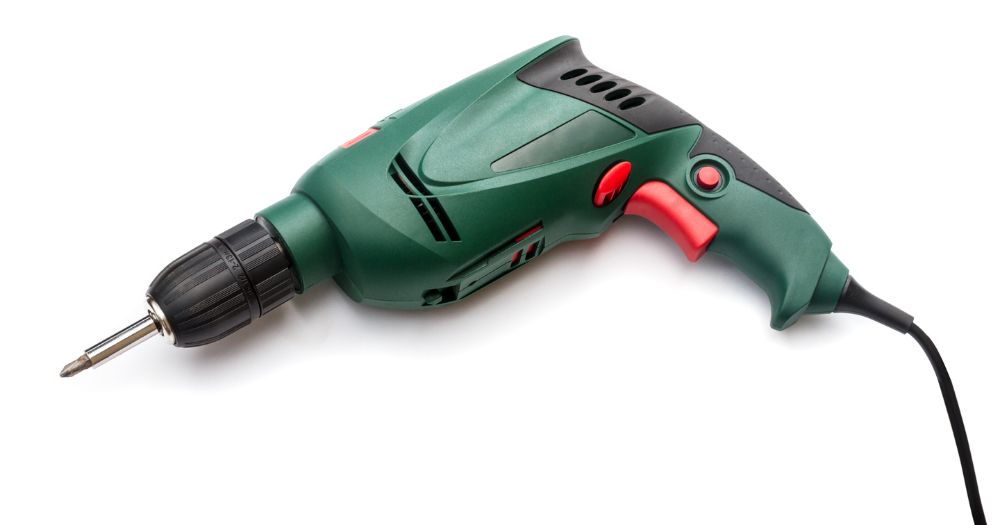
Perhaps its time to consider a new Impact Driver Drill Set. Take a look at the Best Impact Driver Drill Set.
Cordless Drills: Lightweight and Compact
Cordless drills, on the other hand, are known for their lightweight and compact design. This makes them easier to handle and reduces fatigue, especially when working on overhead tasks or in tight spaces. Manufacturers focus on ergonomics, providing comfortable grips and balanced weight distribution for a pleasant user experience.
Cost and Budget Considerations
When it comes to purchasing a right angle drill, considering the cost and budget is crucial. Let’s explore the factors related to both corded and cordless options.
Corded Drills: Lower Upfront Cost
In terms of upfront cost, corded drills generally have an advantage. Since they don’t rely on batteries, their price point tends to be lower than that of cordless drills. If you have a limited budget and prioritize power over portability, a corded drill can be a cost-effective choice.
Cordless Drills: Initial Investment and Long-Term Costs
Cordless drills, while offering the benefits of portability, come with a higher initial investment. This is due to the inclusion of batteries and chargers. However, it’s important to consider long-term costs as well. Cordless drills may require battery replacements over time, and maintenance costs should be factored into your decision-making process.
Safety Considerations
Safety should always be a top priority when working with power tools. Let’s look at the safety considerations for both corded and cordless right angle drills.
Corded Drills: Managing Cords
When using corded drills, it’s important to pay attention to cord management. Cords can present a tripping hazard, so make sure they are secured and away from your working area. Additionally, be cautious when drilling near electrical outlets or using extension cords to avoid accidents.
Cordless Drills: Battery Safety
With cordless drills, battery safety is a key concern. Follow the manufacturer’s instructions for charging, storing, and handling batteries. Avoid exposing batteries to extreme temperatures and protect them from physical damage. By taking proper care of your batteries, you can minimize the risk of accidents and ensure their longevity.
Maintenance and Durability
Proper maintenance is essential for the longevity and optimal performance of your right angle drill, whether corded or cordless. Follow these guidelines to ensure your drill remains in top shape:
Cleaning:
Regularly clean the exterior of the drill to remove dust, debris, and other contaminants that can affect its performance. Use a soft cloth or brush to gently wipe away dirt from the body and ventilation areas.
Lubrication:
Some drills may require lubrication to keep the moving parts operating smoothly. Consult the manufacturer’s instructions to determine if your drill needs lubrication and the appropriate lubricant to use.
Perhaps its time to consider a new Drill. Take a look at the Best Drill Under $100.
Wear and Tear:
Regularly inspect your drill for any signs of wear and tear. Check the power cord, plugs, and connectors for damage. Examine the chuck, gears, and other components for signs of excessive wear. If you notice any issues, address them promptly to prevent further damage and ensure safe operation.
By following proper maintenance practices, you can extend the lifespan of your drill and maintain its optimal performance over time.
Availability of Accessories and Attachments
One of the advantages of right angle drills is the availability of a wide range of accessories and attachments. These accessories can greatly enhance the versatility and functionality of your drill, allowing you to tackle various tasks with ease. Here are some common accessories and attachments you can consider:
Drill Bits:
Choose drill bits of different sizes and types to handle various materials, such as wood, metal, or concrete. High-quality drill bits ensure clean and precise drilling.
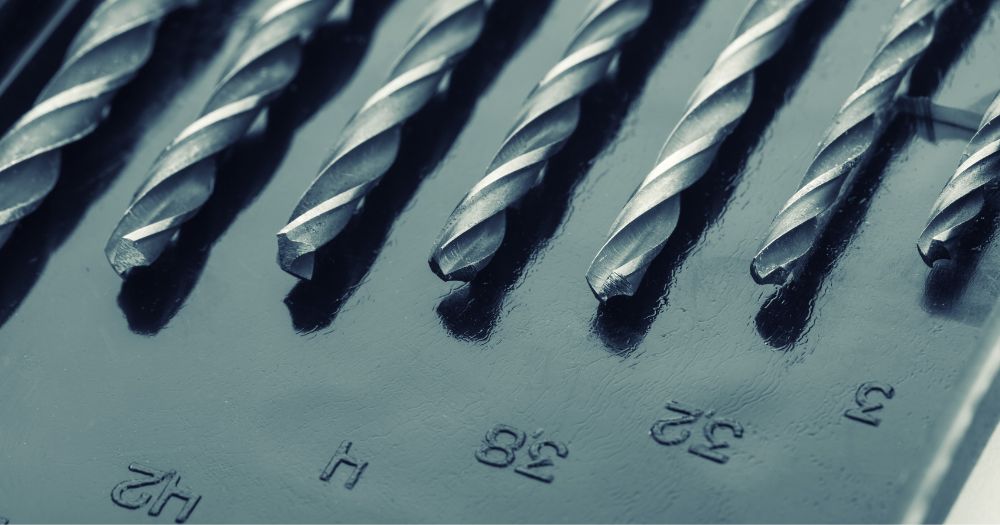
Extensions and Adapters:
Extensions and adapters allow you to reach difficult-to-access areas and adapt your drill to different types of bits or attachments.
Sanding Attachments:
Sanding attachments transform your drill into a powerful sander, perfect for smoothing surfaces or removing paint and varnish.
Wire Brushes:
Wire brushes are ideal for cleaning rust, paint, or other debris from surfaces, making them an essential accessory for metalworking tasks.
Right Angle Attachments:
Right angle attachments provide greater flexibility in tight spaces, allowing you to reach areas that a standard drill cannot access easily.
Before purchasing accessories and attachments, ensure they are compatible with your specific model and brand of drill. Exploring the available options can greatly expand the capabilities of your right angle drill.
Noise and Vibration Levels
Both corded and cordless right angle drills can generate noise and vibration during operation. Excessive noise and vibration can impact user comfort and safety. To minimize these issues, manufacturers may incorporate certain features and technologies:
Ergonomic Design:
Many drills now feature ergonomic designs with vibration damping systems and rubberized grips to reduce user fatigue and discomfort.
Brushless Motors:
Brushless motors are known for their quieter operation and reduced vibration compared to traditional brushed motors.
Variable Speed Control:
Drills with variable speed control allow you to adjust the speed according to the task at hand, minimizing unnecessary noise and vibration.
While manufacturers strive to reduce noise and vibration, it’s important to wear appropriate personal protective equipment, such as ear protection and gloves, to further safeguard your comfort and well-being during extended or heavy-duty drilling tasks.
Suggested Reading: The 3 Best Corded Right Angle Drills for Tight Spaces: Top Picks in 2023
FAQs: Corded vs. Cordless Right Angle Drills
I understand that you may have some questions about corded and cordless right angle drills. Allow me to provide you with answers to the most frequently asked questions:
Are cordless drills as powerful as corded drills?
Cordless drills have made significant advancements in power and performance. With high-capacity lithium-ion batteries and advanced motor technology, cordless drills can now rival the power of corded drills for many applications. However, for extremely demanding tasks that require sustained high power output, corded drills still hold the edge.
What is the disadvantage of a corded drill?
The primary disadvantage of a corded drill is its limited mobility due to the cord. The cord restricts your range of movement and may require the use of extension cords in larger work areas. Additionally, cords can get tangled or pose a tripping hazard if not managed properly. These factors make corded drills less convenient in situations where freedom of movement is essential.
Are corded drills becoming obsolete?
While cordless drills have gained popularity, corded drills are far from obsolete. They excel in situations where consistent power and extended use are required, making them indispensable for professionals who tackle heavy-duty tasks regularly. Corded drills are often more affordable than cordless models, making them a cost-effective choice for those on a budget.
Suggested Reading: The 3 Best Adjustable Wrenches
Conclusion
In the debate of corded vs. cordless right angle drills, there is no definitive answer. It ultimately boils down to your specific needs and preferences. Corded drills provide consistent power for heavy-duty tasks and extended use, while cordless drills offer unmatched portability and maneuverability.
Consider the power and performance requirements of your projects, as well as the level of convenience and comfort you desire. Take into account your budget, safety considerations, and the tasks you frequently undertake.
Remember, the right tool can make a significant difference in your productivity and the quality of your work. So choose wisely and let your right angle drill become your trusted companion on your future projects.

